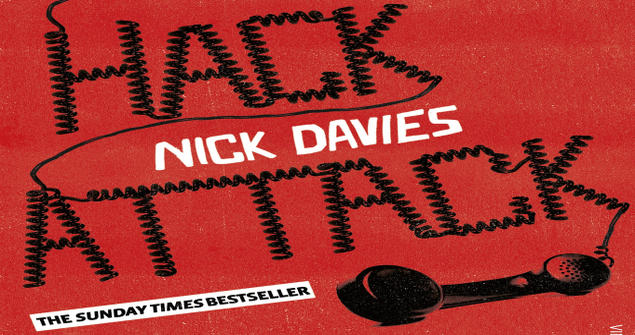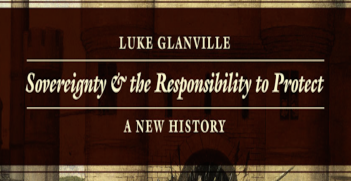Hack Attack: How the Truth Caught up with Rupert Murdoch

TAKING ON THE MURDOCHS – THE DYNASTY TEETERS
The name of Milly Dowler will always remain as a catalyst in a notorious hacking saga which saw the arrest or interview of 210 people, including 101 journalists and 13 private investigators, bribery accusations for 37 public officials, the shutdown of a major UK newspaper (resulting in the loss of 400 jobs) and a strong and unfavourable spotlight directed at Rupert Murdoch and his son James. It was all very grubby and cast a pall over the reputation of journalists everywhere.
Milly was a thirteen year old schoolgirl who disappeared while walking home from school in Walton-upon-Thames, Surrey in 2002. Six months later, her body was found 25 miles away. Milly had a mobile phone. It was hacked. Worse, the hackers deleted some of the voicemail messages on Milly’s phone, leading her anguished mother to believe that her daughter was still alive.
The story set off a chain of events which eventually led to the Leveson Inquiry in 2012, charges of bribing public officials against two editors of the News of the World, a bizarre, “humble” appearance by Rupert Murdoch and his son, James, and the closure of the notorious “News of the World”.
For Nick Davies from The Guardian newspaper, the Leveson inquiry came at the end of six frustrating, anxious and occasionally frightening years of investigation into journalists and investigators employed by News International. He revealed an endemic and systematic system of hacking that targeted the voicemails of over 7,000 victims.
It all began in 2007, with a “News of the World” smear about the sex life of soccer coach Gordon Taylor. Taylor sued, but evidence during the legal proceedings indicated that his voicemail had been hacked. The story grew wings, when three members of the Royal household, and five other people who did not work at the Palace, discovered that their voicemails had also been hacked. News International acted decisively, sacking their Royal Editor, Clive Goodman, and accusing him of being a “rogue reporter”. Goodman subsequently went to jail, and became a very bitter man.
Through a series of informants (few are named in the book to protect them to this day), Davies was led to believe that the hacking was widespread, and instigated by a number of private investigators employed by the “News of the World”. Most worrying about the tale was the almost mute response from Scotland Yard. As the years went on and he uncovered layer upon layer of dirt (which obviously became a bit of an obsession), Davies discovered that mountains of information had not been examined by Scotland Yard, or were dismissed outright.
The under-story here is the close relationships nurtured by two editors of the News of the World, Rebekah Brooks and Andy Coulson, with political leaders (including current and former Prime Ministers David Cameron and Gordon Brown) and senior officers at Scotland Yard.
There was a commercial back story, too. The scandal broke as Rupert and James Murdoch finalised negotiations to take overall control of BSkyB – a move which would have given them masterful control over the majority of the UK media. It failed, largely because the scandal cast doubt over whether they were “fit and proper” to hold licences to provide such dominant ownership of the hearts, minds and pockets of the UK’s (largely unaware) citizens.
As a fellow journalist, the book left me with enormous admiration for Nick Davies. He endured scorn, bullying, outright aggression and – worse still – periods when he doubted his informants, his evidence, and whether the angst justified pursuing one of the most powerful men in the world.
With this book, he is a vindicated man.
Nick Davies, Hack Attack: How the Truth caught up with Rupert Murdoch, Chatto and Windus, London, 2014
Niree Creed is the Director of Communications, AIIA. She covered Federal politics from the Canberra Press Gallery for the ABC in the 70’s, 80’s and 90’s.



